Approximately one-fifth of the world’s countries are landlocked, meaning they have no access to the oceans. There are 44 landlocked countries that do not have direct access to an ocean or ocean-accessible sea (such as the Mediterranean Sea).
What Continents Have No Landlocked-Countries?
North America has no landlocked countries, and Australia is rather obviously not landlocked. Within the United States, over half of the 50 states are landlocked with no direct access to the world’s oceans. Many states, however, do have water access to the oceans via the Hudson Bay, Chesapeake Bay, or Mississippi River.
Landlocked Countries in South America:
South America has just two landlocked countries: Bolivia and Paraguay.
Landlocked Countries in Europe:
Europe has 14 landlocked countries: Andorra, Austria, Belarus, Czech Republic, Hungary, Liechtenstein, Luxembourg, Macedonia, Moldova, San Marino, Serbia, Slovakia, Switzerland, and Vatican City.
Landlocked Countries in Africa:
Africa has 16 landlocked countries: Botswana, Burundi, Burkina Faso, Central African Republic, Chad, Ethiopia, Lesotho, Malawi, Mali, Niger, Rwanda, South Sudan, Swaziland, Uganda, Zambia, and Zimbabwe.
Lesotho is unusual in that it is landlocked by just one country (South Africa).
Landlocked Countries in Asia:
Asia has 12 landlocked countries: Afghanistan, Armenia, Azerbaijan, Bhutan, Laos, Kazakhstan, Kyrgyzstan, Mongolia, Nepal, Tajikistan, Turkmenistan, and Uzbekistan. Note that several of the countries in western Asia border the landlocked Caspian Sea, a feature that does open some transit and trade opportunities.
What Are the Two Doubly-Landlocked Countries?
There are two, special, landlocked countries that are known as doubly-landlocked countries, completely surrounded by other landlocked countries. The two doubly-landlocked countries are Uzbekistan (surrounded by Afghanistan, Kazakhstan, Kyrgyzstan, Tajikistan, and, Turkmenistan) and Liechtenstein (surrounded by Austria and Switzerland).
What is the Largest Landlocked Country?
Kazakhstan is the world’s ninth largest country but is the world’s largest landlocked country. It’s 1.03 million square miles (2.67 million km2) and is bordered by Russia, China, the Kyrgyz Republic, Uzbekistan, Turkmenistan, and the landlocked Caspian Sea.
What Are the Most Recently Added Landlocked Countries?
The most recent addition to the list of landlocked countries is South Sudan which gained independence in 2011.
Serbia is also a recent addition to the list of landlocked countries. The country formerly had access to the Adriatic Sea, but when Montenegro became an independent country in 2006, Serbia lost its ocean access.
Name of the country are those countries which surround it.
- Andorra (Principality): Spain and France.
- Armenia: Turkey, Georgia, Nagorno-Karabakh Republic, and Azerbaijan.
- Austria: Czech Republic, Germany, Hungary, Slovakia, Slovenia, Italy, Switzerland, and Liechtenstein.
- Azerbaijan: Russia, Georgia, Armenia, and Iran.
- Belarus: Russia, Ukraine, Poland, Lithuania, and Latvia.
- Bhutan: India and China.
- Botswana: South Africa, Namibia, and Zimbabwe.
- Burkina Faso: Mali, Niger, Benin, Togo, Ghana, and Ivory Coast.
- Burundi: Rwanda, Tanzania, and Democratic Republic of the Congo.
- Czech Republic: Germany, Austria, Slovakia, and Poland.
- Hungary: Slovakia, Ukraine, Romania, Serbia, Croatia, Slovenia, and Austria.
- Kosovo: Republic of Macedonia, Albania, Montenegro, and uncontested territory of Serbia.
- Kyrgyzstan: Kazakhstan, Uzbekistan, Tajikistan, and China.
- Laos: Myanmar, China, Vietnam, Cambodia, and Thailand.
- Lesotho: It is an enclave, located within South Africa.
- Liechtenstein (Principality): Switzerland and Austria.
- Luxembourg: Belgium, Germany, and France.
- Republic of Macedonia: Kosovo, Serbia, Bulgaria, Greece, and Albania.
- Malawi: Zambia, Tanzania, and Mozambique.
- Moldova: Romania and Ukraine.
- Nagorno-Karabakh: An independent, but unrecognized state within Azerbaijan, it is located between Lower Karabakh and Zangezur.
- Nepal: India and China.
- Paraguay: Argentina, Brazil, and Bolivia.
- Rwanda: Uganda, Tanzania, Burundi and the Democratic Republic of the Congo.
- San Marino (microstate): It is an enclave within Italy.
- Serbia: Hungary, Romania, Bulgaria, Macedonia, Croatia, Bosnia, and Montenegro.
- Slovakia: Czech Republic, Austria, Poland, Ukraine, and Hungary.
- South Ossetia: It is a partially recognized state within Georgia, and bordering Russia.
- South Sudan: Republic of the Sudan, Ethiopia, Kenya, Uganda, Democratic Republic of the Congo, and the Central African Republic: Swaziland , Mozambique and South Africa.
- Switzerland: Italy, France, Germany, Austria, and Liechtenstein.
- Tajikistan: Afghanistan, Uzbekistan, Kyrgyzstan, and China.
- Turkmenistan: Kazakhstan, Uzbekistan, Afghanistan, and Iran.
- Uganda: Kenya, South Sudan, Democratic Republic of the Congo, Rwanda, and Tanzania.
- Uzbekistan: It is a doubly landlocked country surrounded by the following landlocked countries: Afghanistan, Kazakhstan, Kyrgyzstan, Tajikistan, and Turkmenistan.
- Vatican City: It is an enclave within the city of Rome, in Italy.
- Zimbabwe: South Africa, Zambia, Botswana, and Mozambique.

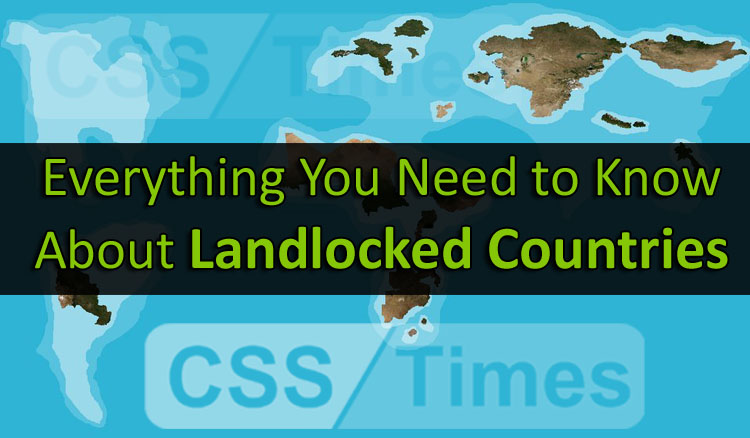
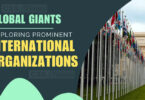
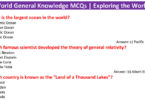
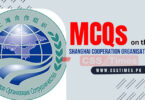

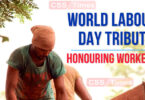

[…] Everything You Need to Know About Landlocked Countries […]